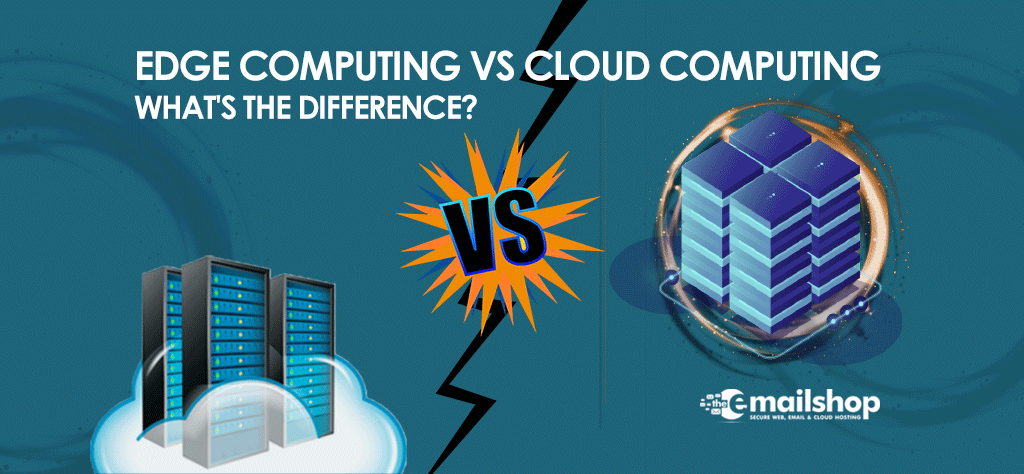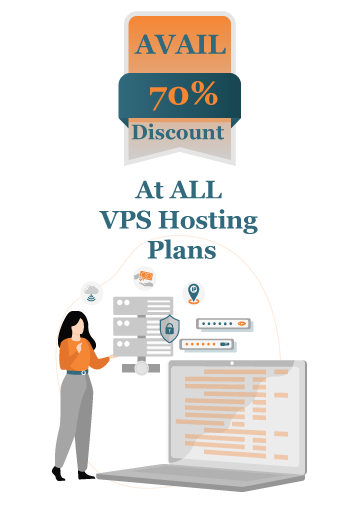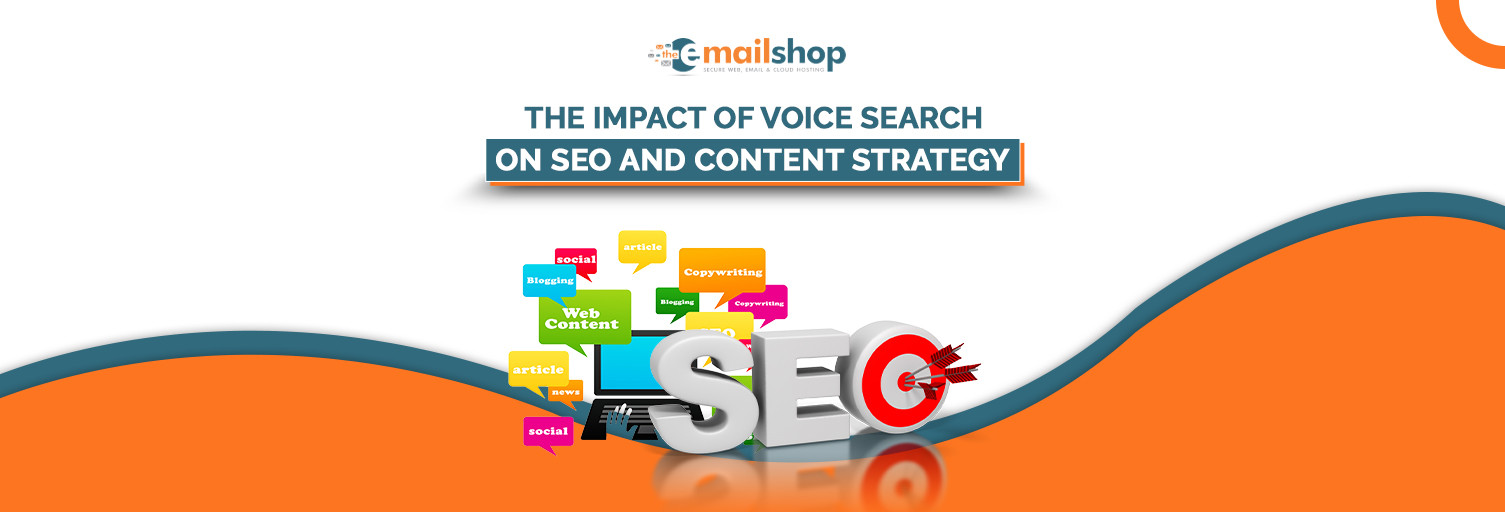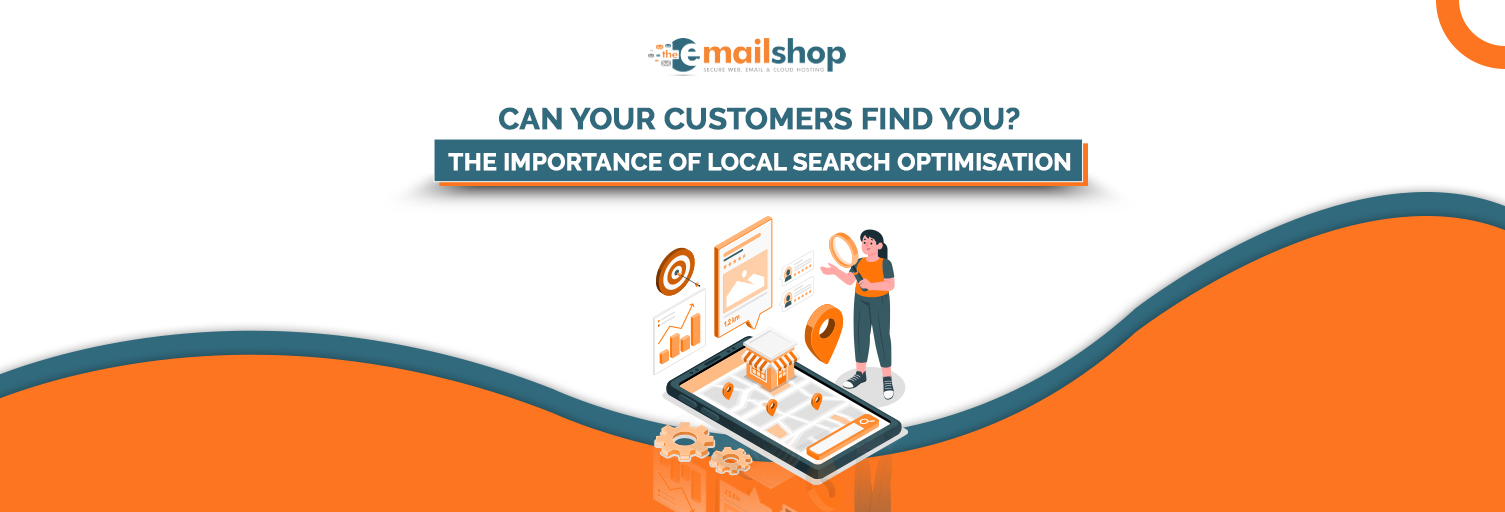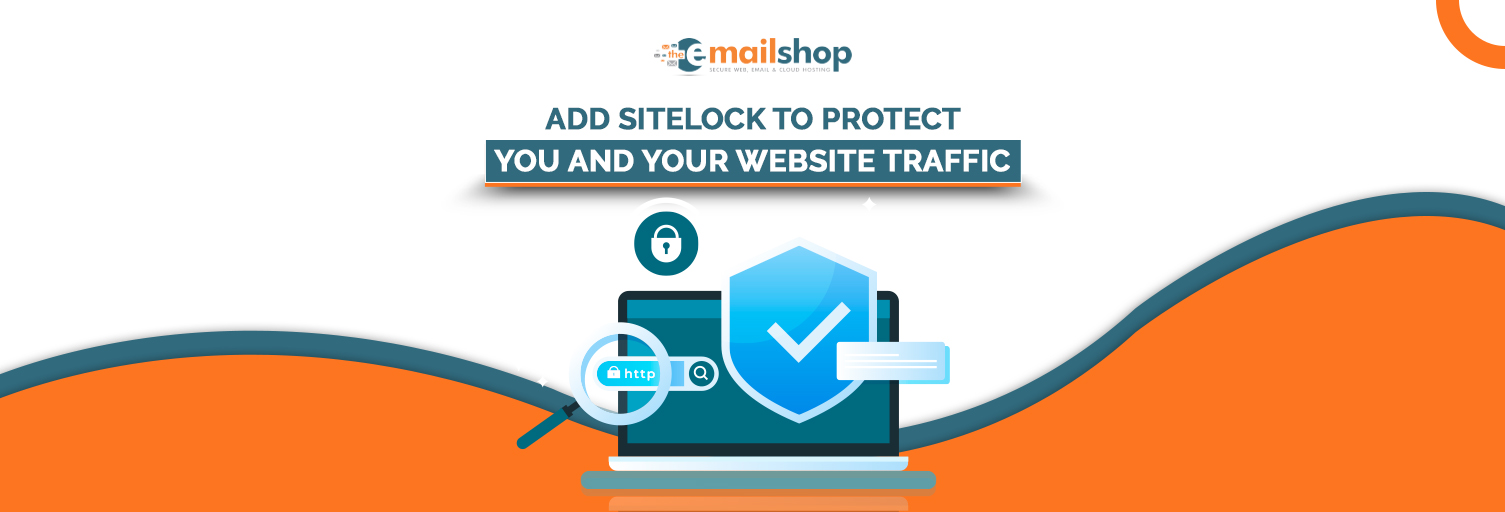Computing in the cloud refers to what?
Cloud computing and edge computing are two unique, non-comparable technologies that cannot be replaced by one another. According to Gartner, a research company, “cloud computing” is a form of computing in which scalable and IT-enabled skills are supplied as a service via Internet technology. When it comes to cloud computing, there are a lot of advantages to be had. Harvard Business Review’s study “The State of Cloud-Driven Transformation” found that 83 percent of the people polled think that the cloud will be either very important or very important to their organization’s future growth plan.
The number of people using cloud computing is only expected to rise. The following are some of the reasons why businesses have started using cloud infrastructure and will continue to do so:
-
Lower initial investment
A lower initial investment is required since there is no need to purchase capital expenses such as hardware, software, or IT administration, and there is no need to have energy on hand 24 hours a day for power and cooling. Cloud computing lets businesses bring new apps to market faster and for less money.
-
Flexible pricing
Businesses only pay for the computing resources they really use. This gives them more control over expenses and fewer unpleasant surprises.
-
Compute on demand with no limits
Cloud services are able to rapidly respond and adapt to shifting needs by automatically providing and deprovisioning resources. This makes it possible for cloud services to provide limitless computing on demand. This has the potential to reduce expenses while also increasing businesses’ overall efficiency.
-
Simplified administration of information technology
Cloud service providers provide their clients with access to specialists in information technology management. This frees up workers to concentrate on meeting the fundamental requirements of their companies.
-
Simple updates
You may access the most recent versions of hardware, software, and services with just one click.
-
Reliability
Data may be mirrored at several redundant sites on the network of the cloud provider, enabling data backup, disaster recovery, and business continuity more easy and less expensive.
-
Save time
The process of setting up private servers and networks may be time-consuming for businesses. They can deploy apps in a much shorter period of time and get their products out on the market much sooner thanks to the cloud infrastructure that is available on demand.
Edge Computing
Edge computing is the process of putting computational power physically closer to the location where data is created. This location is frequently a device or sensor connected to the Internet of Things (IoT). Edge computing, so named because computational power is moved to the network’s or device’s edge, enables faster data processing, higher bandwidth, and ensures data sovereignty.
Edge computing eliminates the need for huge volumes of data to be sent between servers, the cloud, and devices or edge locations for processing since it processes data at the geographically most peripheral part of a network. This is very important for modern technologies like data science and artificial intelligence.
Why is edge computing used?
Some of the benefits that businesses hope to get from investing in cutting-edge technologies are:
-
Decreased lag time
Because when data is processed at the edge, it doesn’t have to travel as far or at all. This could speed up the discovery of insights for use cases like fully autonomous cars and augmented reality that involves complex AI models and need low latency.
-
Low cost
Using a local area network (LAN) for data processing offers enterprises better bandwidth and storage at cheaper prices compared to using cloud computing. This benefit is referred to as a cost reduction. In addition, since processing occurs at the edge, fewer data must be sent to the cloud or data center in order to undergo further processing. As a consequence of this, the quantity of data that has to be sent and the associated costs will both be reduced.
-
Accuracy of models
Models with a high level of accuracy are needed for artificial intelligence, especially for edge use cases that need a response in real-time. When a network doesn’t have enough bandwidth, the problem is often fixed by reducing the amount of data going into a model. As a consequence, picture sizes get smaller, video frames are skipped, and audio sample rates become lower. Data feedback loops can be used to make AI models more accurate when they are running at the edge. They can also be used to run multiple models at the same time.
-
Greater accessibility
Conventional cloud computing requires users to have access to the internet. On the other hand, edge computing allows data to be processed locally without requiring connectivity to the internet. This makes it possible to use computers in more remote or hard-to-reach places than was possible before.
-
Data sovereignty
Because edge computing processes data at the same site where it is obtained, it enables businesses to maintain all of their sensitive data and compute operations inside the confines of their local area network and behind their own corporate firewall. This leads to a decreased vulnerability to cyberattacks in the cloud and improved compliance with stringent data regulations, which are subject to constant evolution.
You Might Also Like to Read: 7 Reasons Why Your Next Hosting Should Be In The Cloud
Edge computing vs cloud computing: Which Is Better?
To begin, it is vital to have a strong grasp of the distinction between cloud computing and edge computing. Computing in the cloud is used for the processing of data that is not time-driven, while computing at the edge of a network is utilized for the processing of data that is time-driven.
For example, in distant places with poor or non-existent connections to a centralized site, edge computing is preferable over cloud computing for a number of reasons, including lower latency. Edge computing is the best solution to this problem because it gives these sites local storage, which is like a smaller data center.
Computing at the edge offers benefits not only to specialized but also to intelligent devices. However, despite their similarities to personal computers (PCs), the gadgets in question are not typical computers but rather multipurpose computing devices. These highly specialized computer devices are clever and react in a predetermined manner in response to specific types of equipment. But this specialization ends up being a problem for edge computing, especially in business areas that need quick responses.
Preference for Edge Computing over Cloud Computing?
The vast majority of those who work in IT ask themselves this essential issue. During the fireside chat, Bernard shows how edge computing may be beneficial in circumstances in which enterprises seek to avoid the delay that is produced by sending information from a device to a centralized computing system through a network. He uses the illustration of a piece of machinery whose operation is very important to the success of an organization. The company would suffer financial setbacks in the event of a delay in the decision-making process brought on by latency in the machine. In these kinds of circumstances, businesses will find edge computing to be advantageous since intelligent devices equipped with processing power are located on the network’s periphery. A predefined measure whose tolerance limits have been determined is one of the things that the gadget is tasked with monitoring. A warning signal is sent out as soon as the machine hits the failure level in the event that the metrics go outside of the tolerance that has been established for them. This forces the computer to cease functioning in a matter of microseconds, preventing any further financial loss.
Edge computing is unique from cloud computing in that it takes time to transport data to a centralized data center, sometimes as much as two seconds which in turn slows down the decision-making process. Edge computing is better for businesses than cloud computing because a delay in a signal could cause the business to lose money.
Conclusion
In this comparison between edge computing and cloud computing, we found that the two types of computing are distinct from one another and cannot be substituted for one another. Because it eliminates some of cloud computing’s more insignificant drawbacks, edge technology has been adopted by a great number of businesses, and this is a fact.
For Discount and Offers, Visit our Official Twitter Page

